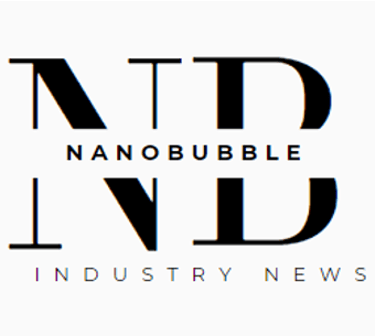
The Global Nanobubble Industrial News
Enhancing quality of life and reduce carbon footprint through innovative nanobubble applications across various sectors.
Global Nanobubble Market Status & Growth
Key growth drivers
Aquaculture: The fish farming industry is a major demand driver, with aquaculture being the largest application segment.
Agriculture: Nanobubbles are increasingly used in agriculture for improved crop yields and resource efficiency, especially in drip irrigation and horticulture.
Water treatment: The need for sustainable and effective water and wastewater treatment solutions is a major driver for nanobubble technology.
Pharmaceuticals: Investments in nanotechnology for drug development, along with applications in medicine and cosmetics, contribute to market growth.
Other applications: The market also benefits from applications in food preservation, semiconductor cleaning, and oil & gas.
Brownian Motion


Nanobubbles stay in the water for a long time. This unique feature enables nanobubbles to provide a homogenous distribution of oxygen throughout an entire body of water. And Dissolved oxygen level is maintained for very long time.




High Oxygen Transfer Efficiency
Ultrafine bubbles, Nanobubbles, dissolved Oxygen, micro bubbles, milli bubbles, the world of bubbles can be confusing at times. Bubbles are gas-filled cavities in water, they remain suspended in water, dissolved oxygen are unbound oxygen molecules in water. Unbound oxygen behaves differently, and it's important to understand the difference between a dissolved gas and a gas cavity.
Nanobubble has a strong surface charge. This negative charge improves separation efficiency in floating process. This feature float more suspended matter than through conventional methods in the wastewater, oil and gas operators.
Surfacecharge
Why are nanobubbles negatively charged?


Nanobubbles are generally negatively charged because of the adsorption of ions from the surrounding liquid onto their surface. This charge helps stabilise the bubbles by preventing them from coalescing or merging with other bubbles, allowing them to stay in suspension for longer periods. The negative charge also contributes to their unique interactions with contaminants in water, making them effective in water purification processes.




Microbubble Surface tension and gas pressure
The gas pressure inside a small bubble is higher than in a large bubble, therefore the surface tension of a small bubble is higher as well. For this reason, the gas of a small bubble dissolves quicker than that of a large bubble. A small bubble rises slower than large bubbles to the top of the water surface, because of this extra time the gas transport from bubble to liquid is more efficient. Small bubble coalescence less (stick less together) than large bubbles, this is beneficial because when bubbles get bigger, they raise quicker to the surface giving them less time for gas transport.
In laboratory circumstances there is the possibilities that bubbles can be kept for 3 to 6 months, I real life applications it is much shorter. The likely reason for the long-lived presence of ultrafine bubble is that the ultrafine bubble gas / liquid interface is charged, introducing an opposing force to the surface tension, so slowing or preventing their dissipation. In an electrolyte solution the positive ions become concentrated around the gas nucleus due to its negatively charged surface and act as shells that prevent the gas from dispersing (the salting-out phenomenon). Due to this characteristic of ion behavior, ultrafine bubbles remain stable for more than 6 months in electrolyte solution.
Why do ultrafine bubbles live so long?
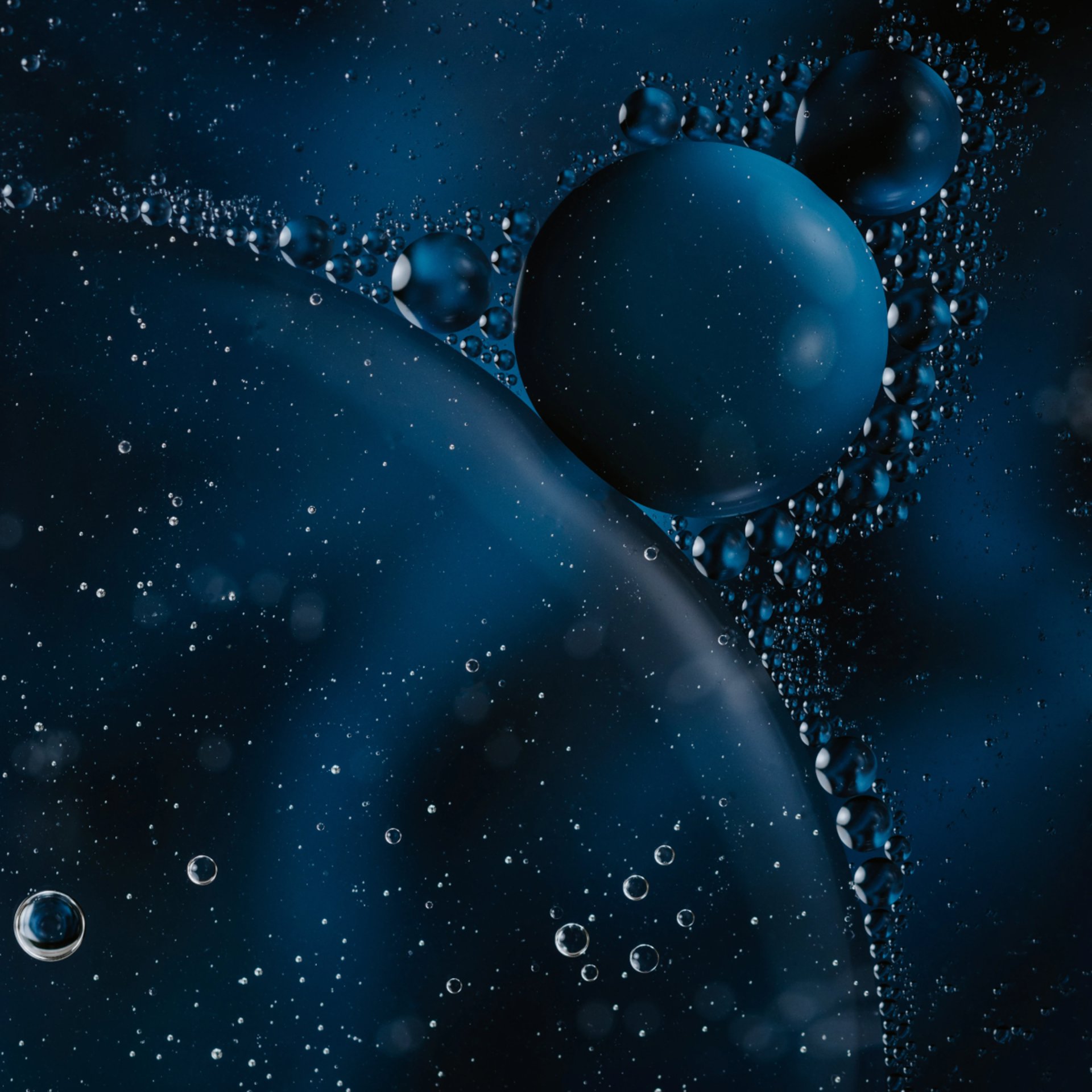
Innovative Nanobubble Generator
Enhancing quality of life through advanced nanobubble applications across various industries.
Pressurized dissolution


The principle of the ultrafine bubble generator is as follows: Via a venturi system the liquid and the gas are mixed together, in the next step in the mixing box the gas is melted into the water via pressurization. In the last step via a nozzle the water and gas is discharged. Due to drastic drop in pressure of the supersaturated liquid gas solution, the gas is expelled as fine bubbles and ultrafine bubbles in the liquid.




Rotational flow
Rotational flow is also often called Swirl Method or Spiral Flow. This fine bubble generator generates bubbles according to the Bernoulli's principle.The principle of the fine bubble generator is as follows: water is put into a cylindrical tank from the top-side and made to flow in a spiral downwards. From the center bottom of the cylinder, the gas is sucked in. The rotating water is sheared to the top of the cylinder, producing fine bubbles. However, it's generally acknowledged in the ultrafine bubble industry that the bubble concentration of the pressurized dissolution method is higher than the rotational flow.
This technology is based on the principle of creating a vortex and bringing into the vortex a gas very effectively. Due to the turbulent flow gas will break the vortex and the collisions between water and gas creates the nanobubbles.
The benefits of the static mixers are that they have a relative simple design, and they can treat large volumes of water at once with relative little energy compared to many of the other above nanobubble generators. Finally, they are not sensitive to clogging. The acniti Turbiti technology is a combination of the turbulent static mixer and the Ejector Nozzle.
Turbulent Static Mixer
Ejector Nozzle


In the ejector nozzle nanobubble generator type, liquid flow channels in the cylindrical generator are designed to shrink and stepwise enlarge. In this device, the water flow is highly turbulent, and the gas is reduced to nanobubbles by cavitation. Ejector nozzles are closely related to hydrodynamic cavitation generators, with this method cavitation is generated by the flow of liquid through a simple geometry under controlled conditions.




Hammermill Rotation
The hammermill rotation concept is a unique concept compared to all the other nanobubble generation techniques, as it does not use a pump to generate nanobubble. Instead, it uses a motor with hammers mounted on the shaft. The motor turns at a velocity of 3400 rotations per minute in a tube. The tube fills with water from the top, and the gas injection is also from the top. The hammers on the shaft dissolve the gas and crushes the gas into nanobubble at the bottom of the unit the nanobubbles come out. The hammer rotation concept is the most energy friendly way to generate nanobubbles as it is not moving large amounts of water and doesn’t need a high pressure but uses all its energy to crush the gas.
Yes, nanobubbles technology is evolving fast and more and more innovative method of generation is invented to suit for different applications..
Other Method?
Latest Nanobubble Applications
Enhancing quality of life through advanced nanobubble applications across various industries.
Harnessing the Power of Nanobubbles for a Cleaner World






Nanobubbles: A Better
POME Wastewater Treatment Option
Nanobubbles: A More Efficient Difficult Industrial WasteWater Treatment Method
Share with industry on your latest sucessful story?
Shenton Way, Singapore
Nanobubble topic
Advertiser link
ufb@c2csingapore.com
+65-9127-5988
© 2024. Nanobubble News International All rights reserved.
NANOBUBBLE APPLICATION
Latest Industrial News
Agriculture
Horticulture
Aquaculture
Industrial Cleaning
Drinking Water
Wastewater Treatment
Lake & Pond
Swimming Pool
Food & Beverage
Disinfection
Oil & Gas
Mining
Machining
Concrete & Construction
Personal & Home Care
Singapore Event
Nanobubble & PFAS

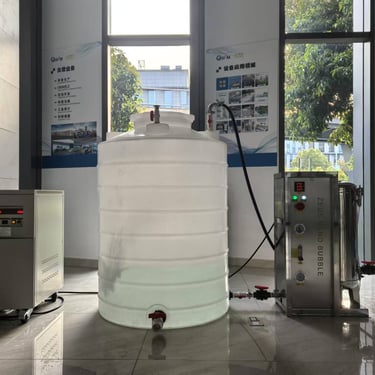

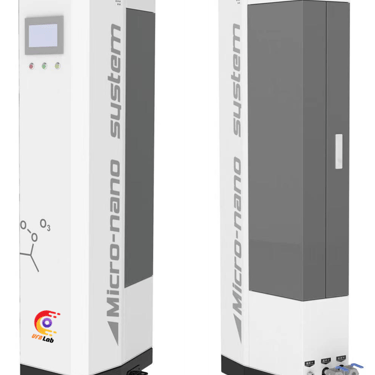

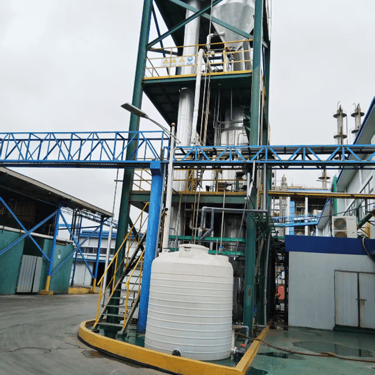


China Event
Vietnam Aqua Exhibit
Chile Aqua Exhibit
Chile Aqua Exhibit
C2C Technology

